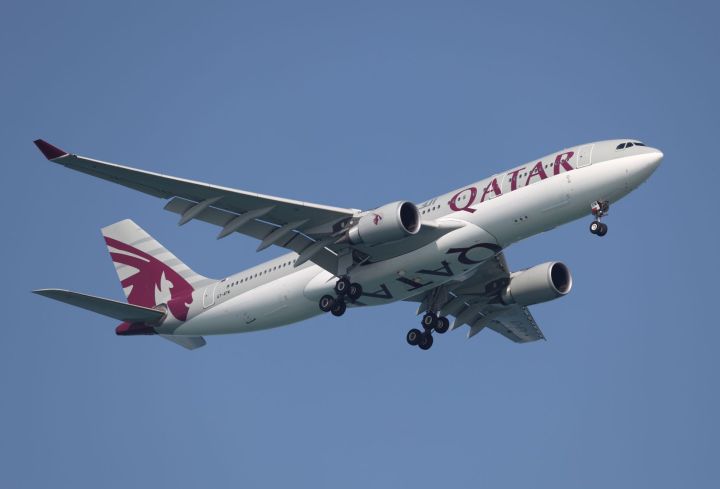
It flies from its base in Doha, Qatar, in the Middle East all the way to Auckland, New Zealand, a distance that makes it the longest scheduled flight ever in terms of time spent in the air.
The outward journey landed on Monday morning Auckland time, 16 hours and 20 minutes after taking off. However, due to the prevailing headwinds, the return flight, which departs Monday afternoon, will take even longer: 17 hours and 30 minutes.
We’ve officially landed in New Zealand, the ‘Land of the Long White Cloud.’ Kia ora! #AucklandTogether pic.twitter.com/d0BNsWRU9f
— Qatar Airways (@qatarairways) February 5, 2017
The aircraft, a Boeing 777-200LR, crossed 10 time zones on its record-breaking flight. Four pilots worked in pairs to break up the colossal journey, while 15 cabin crew served around “1,100 cups of tea and coffee, 2,000 cold drinks, and 1,036 meals,” according to the NZ Herald.
The plane was met at Auckland international airport by a convoy of fire trucks. No, they weren’t there to help gently extricate the possibly stiff-limbed passengers from their seats, but instead to hose the jet in a so-called “water salute,” customary for an inaugural flight.
Qatar Airways’ new service takes the longest-scheduled-flight crown from its Gulf neighbor, United Arab Emirates, which held the top spot with its Dubai-to-New Zealand service that launched last spring.
But Singapore Airlines is likely to brush Qatar aside next year with the relaunch of its Newark, New Jersey, service, which takes a posterior-numbing 19 hours to complete. Singapore canceled the service in 2013 due to falling revenue but is almost ready to put it back in the sky.
In terms of distance traveled, the Air India service between Delhi and San Francisco, at 9,505 miles (15,298 km), is currently the longest, and takes around 14 hours and 30 minutes.


